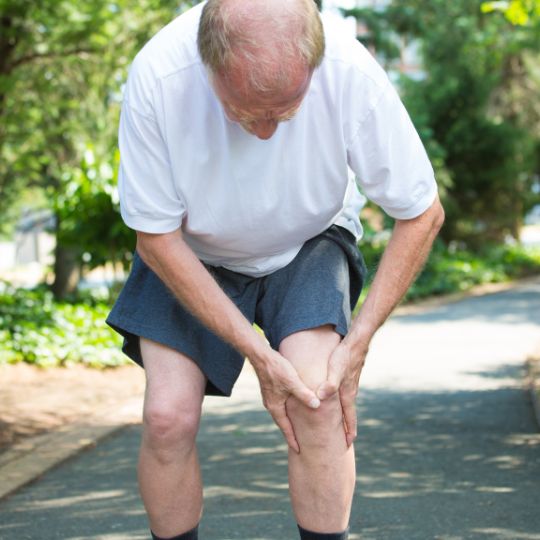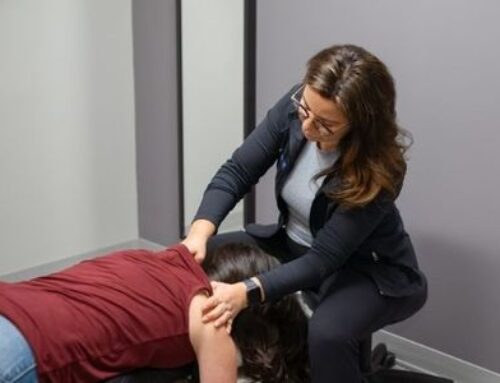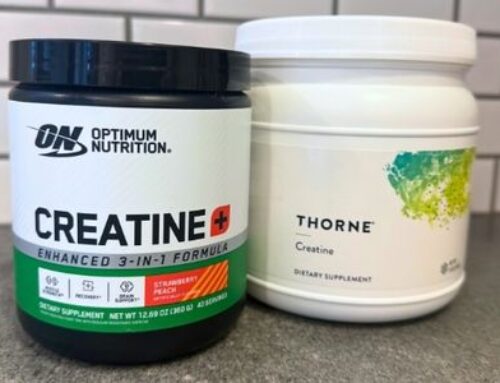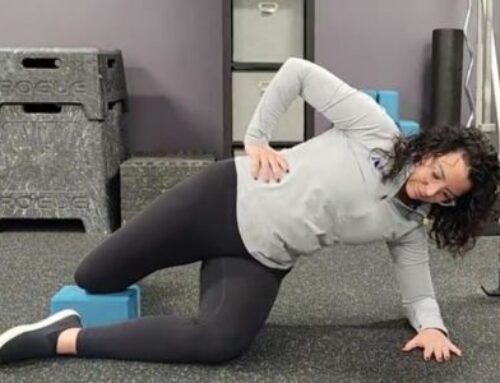ACL tears are the most common injury of the knee. This injury often happens in sports or activities involving jumping, twisting, and cutting movements. This is a result of role the ACL plays within the anatomy of the knee joint.
Anatomy of the Knee
The knee is composed of three bones; the Femur (thigh bone), the Tibia (shin bone) and the Patella (knee cap). Together, these three bones create the knee joint. This joint is held together by six ligaments and two “shock absorbers.” First we have the Lateral Collateral Ligament (LCL) that running along the lateral side of the knee connecting the Femur and the Tibia. Opposite the LCL on the medial side of the knee is the Medial collateral Ligament (MCL). Together these ligaments prevent inappropriate side to side movement of the Tibia on the Femur. In other words, it stops your knee from bending sideways.
In the middle of your knee and behind your Patella are your cruciate ligaments which cross over one another. Cruciate here meaning cross. You have the Anterior Cruciate Ligament, that’s your ACL, which starts at the back of your Femur and runs to the front of your Tibia as well as your Posterior Cruciate Ligament or PCL which runs from front of the Femur to the back of the Tibia. While the ACL prevents inappropriate forward motion of the Tibia on the Femur, the PCL prevents inappropriate backwards motion.
Additionally we have our medial and lateral menisci that act as shock absorbers for the knee. The quadriceps tendon runs from the quadricep muscle to the Patella to hold the Patella in place. The patellar tendon runs below and connects the patella with the front of the Tibia.
Together the MCL, LCL, PCL and ACL work to stabilize the knee joint. Among these, the ACL tends to take the majority of abuse with knee motion. This is why an ACL tear is the most common knee injury. Besides preventing inappropriate forward movement of the Tibia, the ACL also works to prevent inappropriate rotational movement.
Preventing an ACL Tear
There are a few things to be aware of when looking to prevent a knee injury. Hyper flexibility, strength imbalances between your quadriceps and hamstrings, and poor biomechanics can very quickly put you at risk of tearing your ACL or any other knee ligament for that matter.
Hyperflexiblity occurs when your flexibility is either not balanced with proper strengthening exercises and control or flexibility that is naturally beyond normal limits. Maintaining a balance between strength and flexibility will go a long way towards preventing knee injuries. Strength building exercises are especially important if you are naturally hyperflexible.
ACL Tear Recovery
What should you do if you end up tearing your ACL? It’s important to note that every injury is unique and when it comes to an ACL tear, there is no one size fits all. There are a few factors to consider when choosing the appropriate treatment such as:
- Is the tear partial or complete?
- What is your overall goal?
Effectively there are two approaches to treating an ACL tear; surgical care and conservative care. Treatment and recovery for a serious injury should always involve a discussion between you and your healthcare provider.
Surgical Care
Surgery for an ACL tear involves taking portions of tendon from somewhere else in the body, usually the patellar tendon or part of one of the hamstring tendons, and using this to construct a new ACL. Alternatively, donor tissue from a cadaver can also be used. Surgery is then followed up with rehabilitation programs. This will help restore and maintain the range of motion in the joint as well as redevelop the strength and stability of the knee. Most surgeons and Medical Doctors will tell you that recovery from ACL surgery will take a minimum of 9 months depending. However, recovery will take longer for athletes and performers – upwards of a year plus.
Conservative Care
Conservative care for an ACL tear is an intense program of rehabilitation exercises to restore the knee’s range of motion and build up strength in the muscles surrounding the ACL. This will help create additional stability to make up for the loss of the ACL.
In both instances, rehab ultimately ends with exercises that mimic the activity you are going to return to. Improper rehabilitation that does not prepare you to return to your activity greatly increases the risk of a repeat injury. Or even worse, you may experience a more severe injury that causes further damage to the structural integrity of the knee joint or other joints of the leg.
If you are in search of a health care provider for treatment of a knee injury, I am currently accepting new patients. Book with me HERE.





